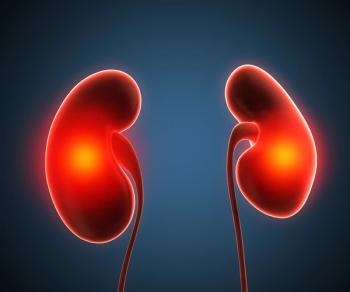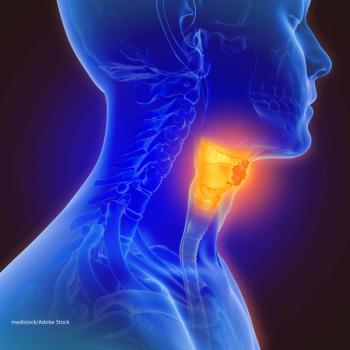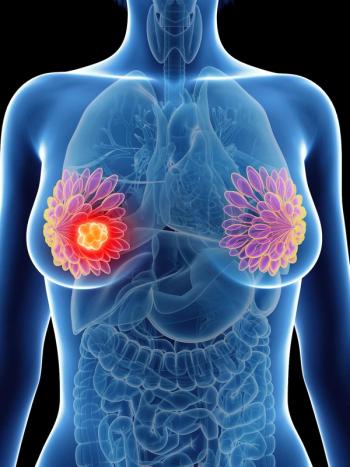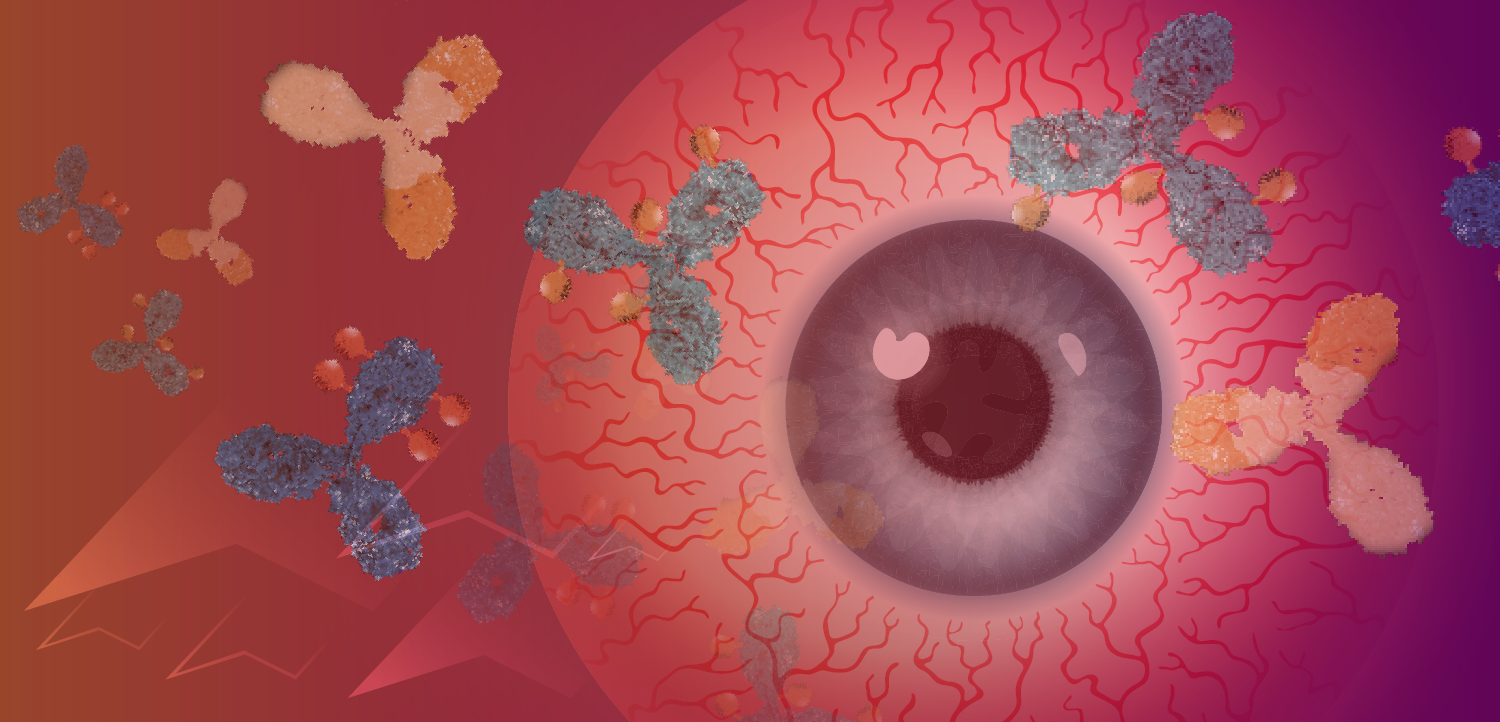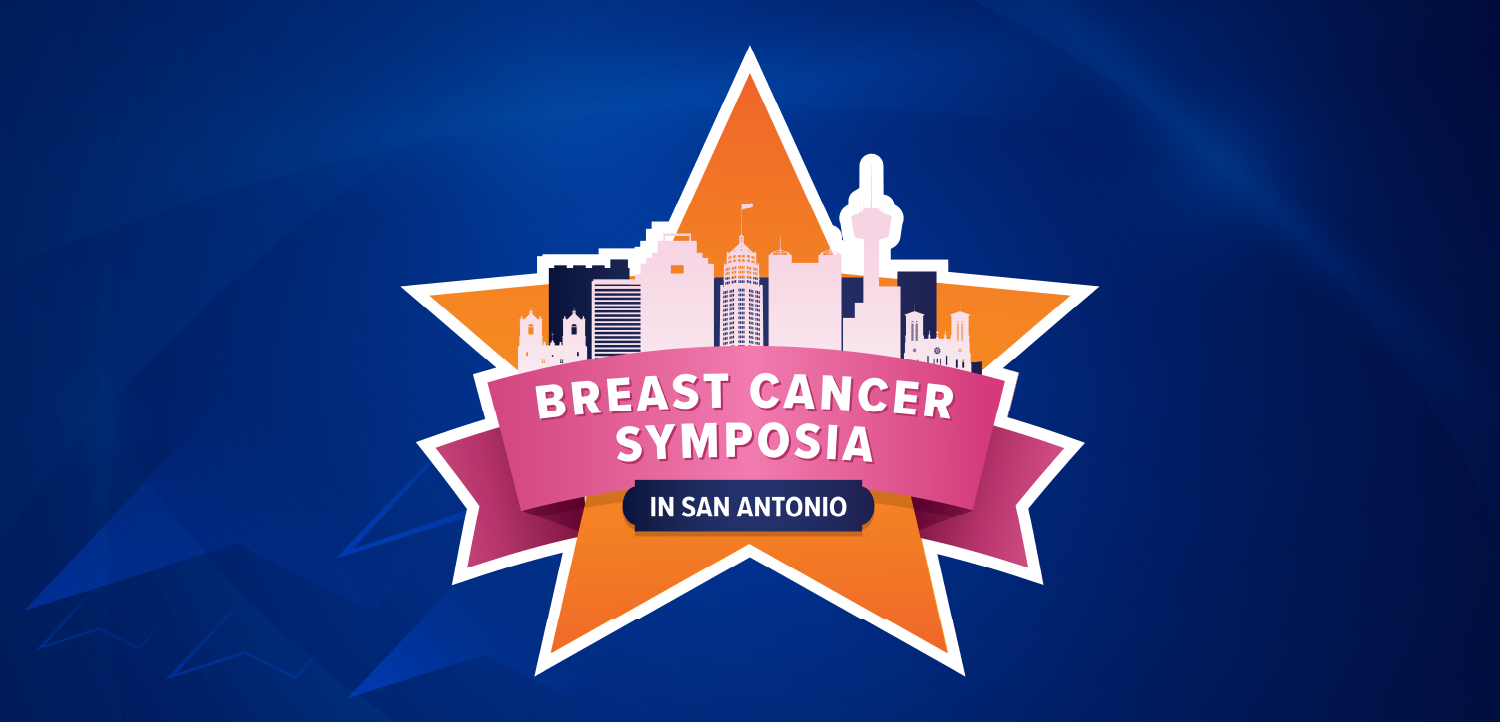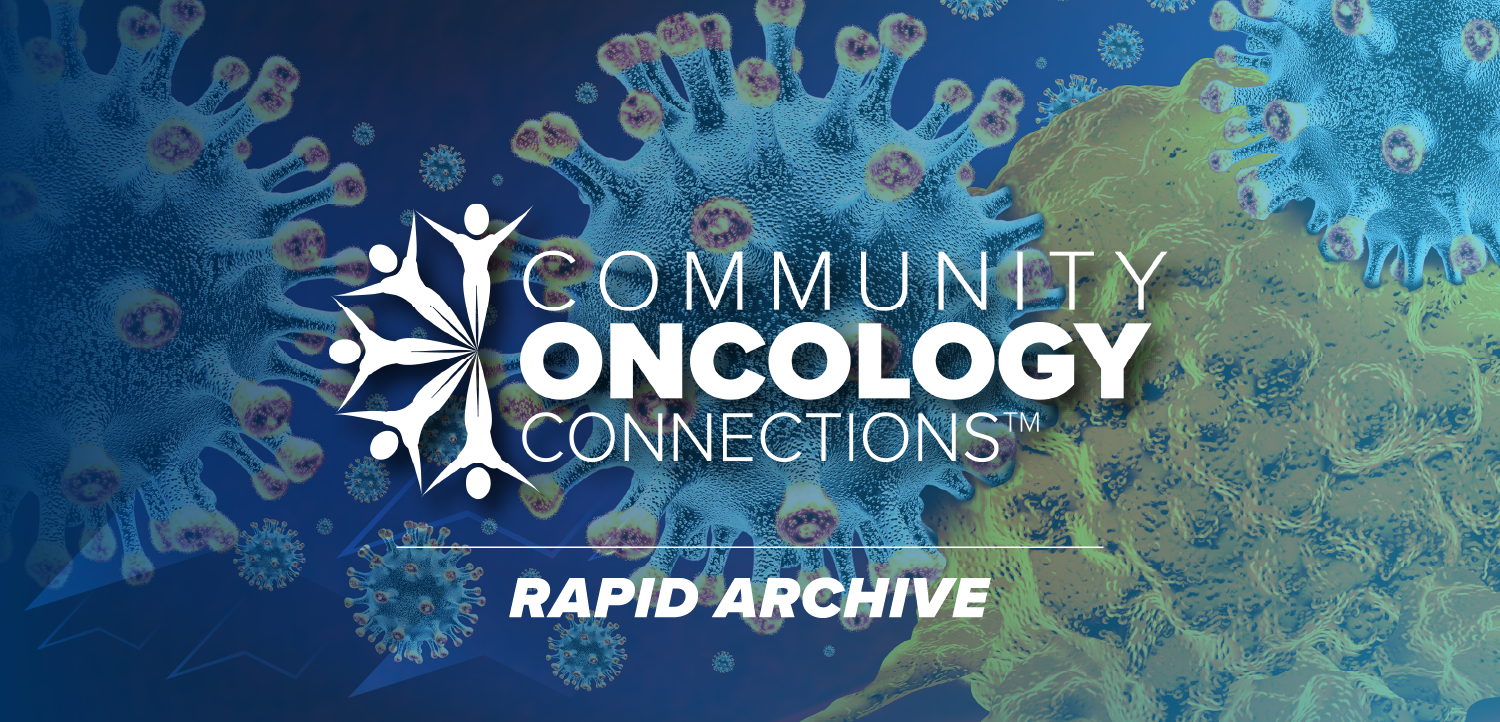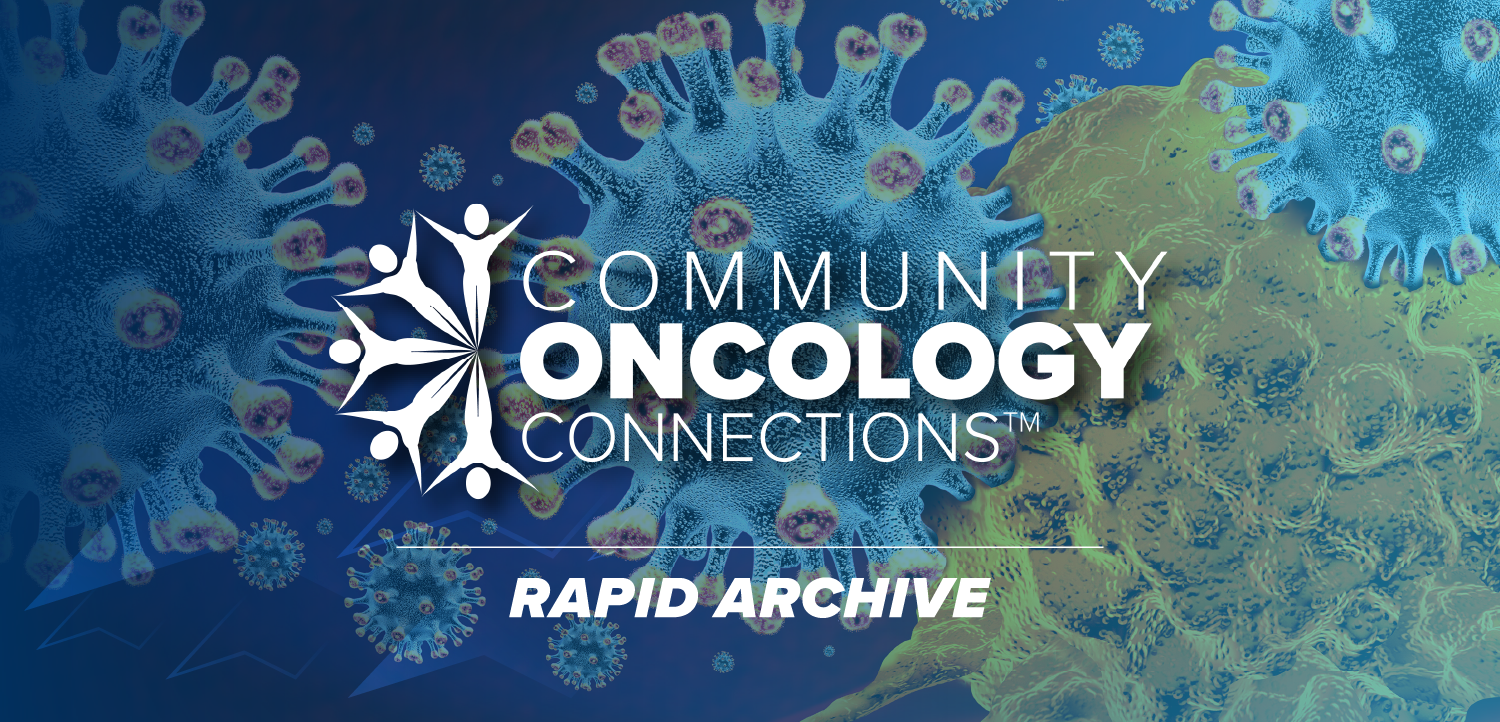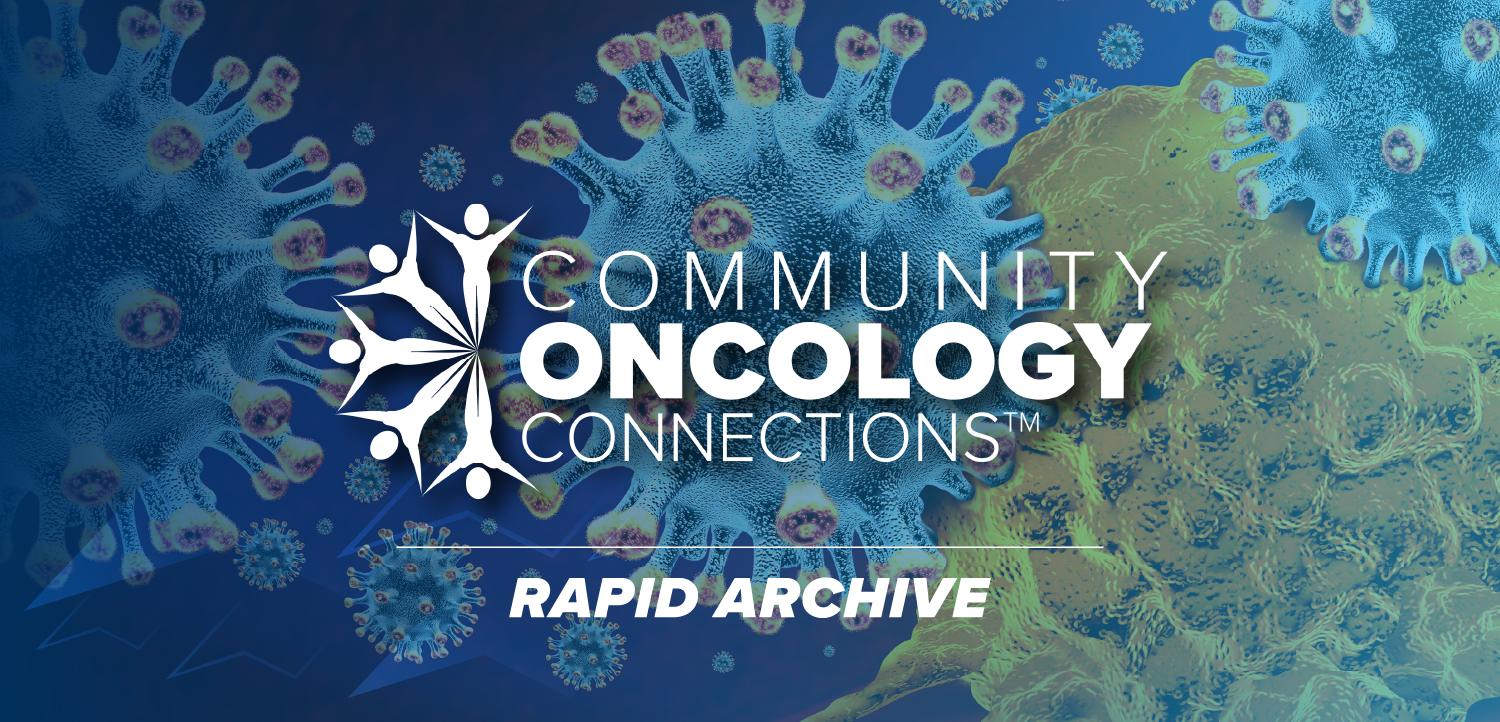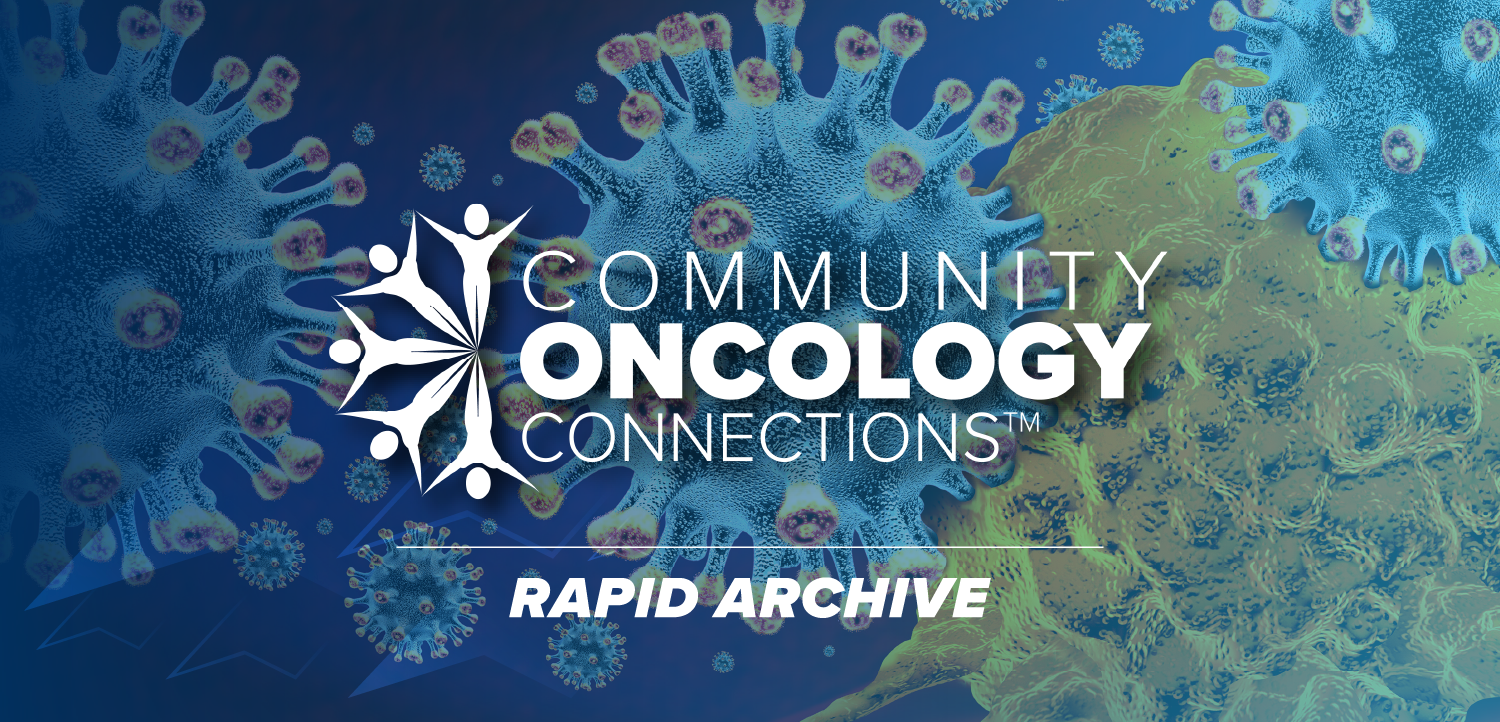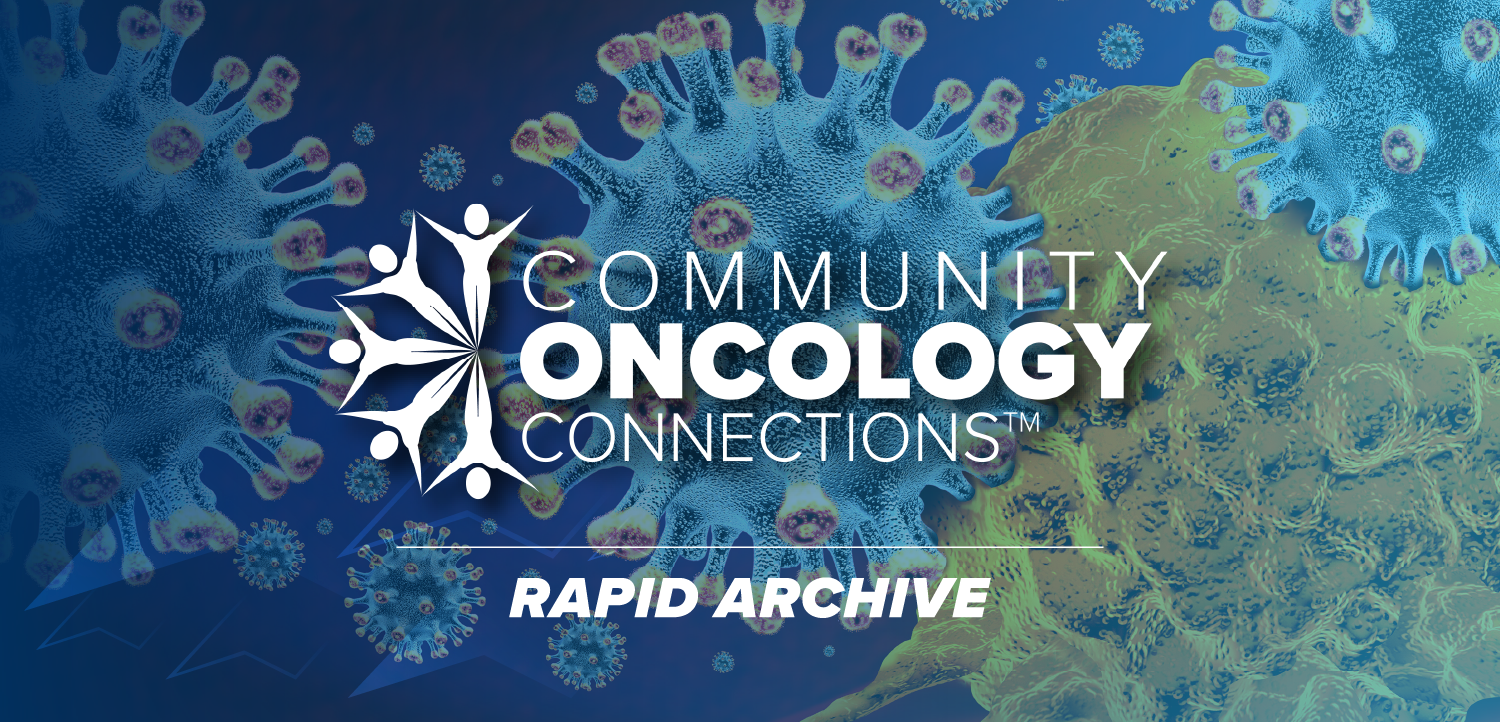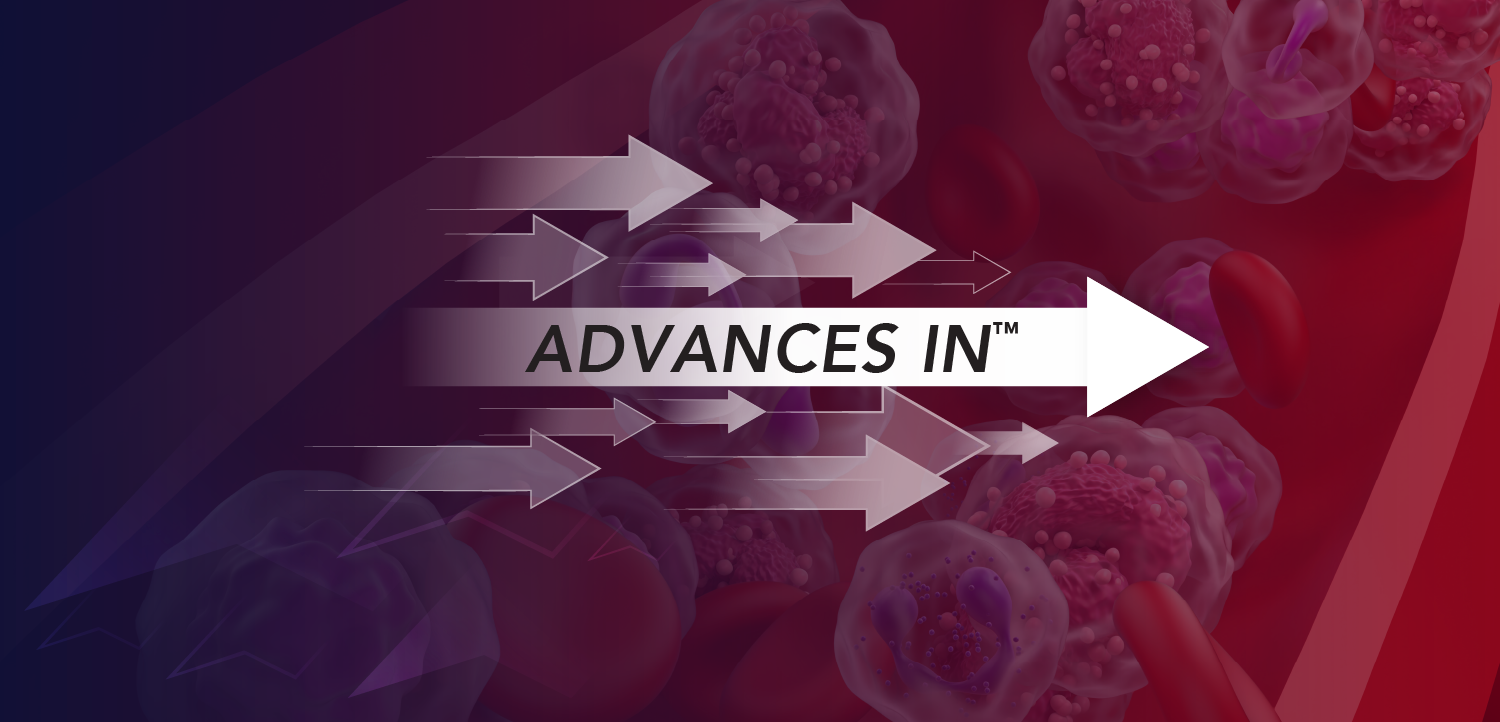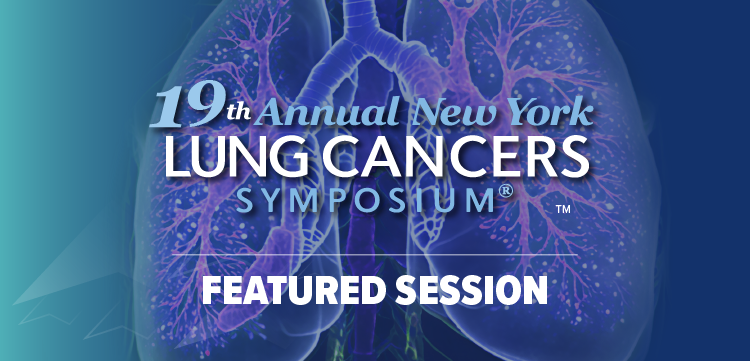
Improving End-of-Life Care in ICD Users With Advanced Cancers
Understanding patient preferences for intensive end-of-life treatment may better inform research assessing patients with terminal cancer diagnoses.
Megan Mullins, PhD, MPH, assistant professor in the Peter O’Donnell Jr. School of Public Health, the Harold C. Simmons Comprehensive Cancer Center, and the Department of Internal Medicine at UT Southwestern Medical Center, spoke with CancerNetwork® about findings from a
Mullins initially remarked on the novelty of the retrospective analysis study she conducted, which was the first population-based assessment of US-based patients with ICDs and advanced cancers. She noted the importance of this ICD user subpopulation, which accounted for approximately 6% of decedents with cancer in the study sample, expressing that other cancer types not included in the study may share many of the same risk factors as patients with heart disease.
Furthermore, she emphasized the need for healthcare professionals to discuss the practical implications of ICD use during end-of-life cancer care, as they may emit forceful, painful shocks even as the body goes through the natural process of dying. Mullins then suggested that reconsidering social norms regarding the receipt of aggressive end-of-life cancer care, which extends beyond ICD use, may help reduce practices that do not extend survival or improve quality of life.
Mullins then highlighted ongoing research at her institution that is aiming to improve the health literacy of patients with ICDs, particularly regarding how their device works and how its function may change across their lifespan. She concluded by explaining that further research will attempt to understand whether disease states or patient preferences are the primary drivers of the receipt of aggressive end-of-life care for those with advanced cancers.
CancerNetwork: End-of-life care was assessed in patients with ICDs dying with cancer in a Surveillance, Epidemiology, and End Results (SEER)–Medicare analysis study published in Cancer. What is your impression of the findings?
Mullins: This paper was the first population-based assessment of [patients with] ICDs who also have cancer in the US. The fact that 6% of decedents with cancer in our sample had ICDs really strikes me; this is an important patient subpopulation that we should study further. Particularly, if we think about other cancers that were not included in the study—like lung cancer—which share many risk factors with heart disease, we would expect that percentage to be higher in certain disease [states].
How might ICD deactivation prior to end-of-life care impact clinical practice in this patient population?
Mullins: The main clinical practice implication around these devices is ensuring that patients understand what having a device means and what implications that has for end-of-life care. In terms of practice change, [that would probably look like] earlier and more frequent conversations about the device, both with patients and family members, to make sure that they understand that even if the body is naturally dying, this device could keep your heart beating. At some point, we will have to decide to deactivate the device so the heart will stop beating, and if we do not, then there could be shocks that are forceful and painful for [the patient] as their body naturally goes through the dying process.
What other developments in end-of-life care for patients with cancer do you believe have the potential to transform clinical practice?
Mullins: One of the biggest opportunities we have to improve end-of-life care is not necessarily specific to ICDs, but it is taking into account the fact that there is a significant amount of care delivered to people with cancer near the end of life that clinicians know is not going to extend their survival or improve their quality of life. We have social norms [such as] not wanting patients to feel abandoned. Even patients have described not wanting their relatives to think that they are giving up, so they will accept care that they do not really want. In order for us to make a meaningful dent in the receipt of low-value or aggressive end-of-life care, we have to better account for the fact that people do not act rationally in the end-of-life care space, and we have to address anxiety and cultural norms around death and dying in the US.
Is there anything else related to the study of ICD management for end-of-life cancer care that you would like to highlight?
Mullins: I know [doctors] at UT Southwestern are doing some really great work around health literacy to ensure that patients understand what this device is doing and how it may look different across their lifespan. There is a lot more work that we can do to [even] understand the findings of this study where people are receiving more aggressive end-of-life care. With our data source, we were not able to disentangle if that is because they are sicker and have cancer and heart disease. [Alternatively], is there some type of patient preference [for ICD use]? Maybe people who choose to have these devices are more likely to want very intensive medical treatments and to do everything they possibly can to extend their survival. Digging into that and understanding what is driving the patterns we found will be important going forward.
Reference
Mullins MA, Wang T, Shahan K, et al. Implantable cardioverter defibrillators in people dying with cancer: A SEER-Medicare analysis of ICD prevalence and association with aggressive end-of-life care. Cancer. 2024;131(1):e35640. doi:10.1002/cncr.35640
Newsletter
Stay up to date on recent advances in the multidisciplinary approach to cancer.


